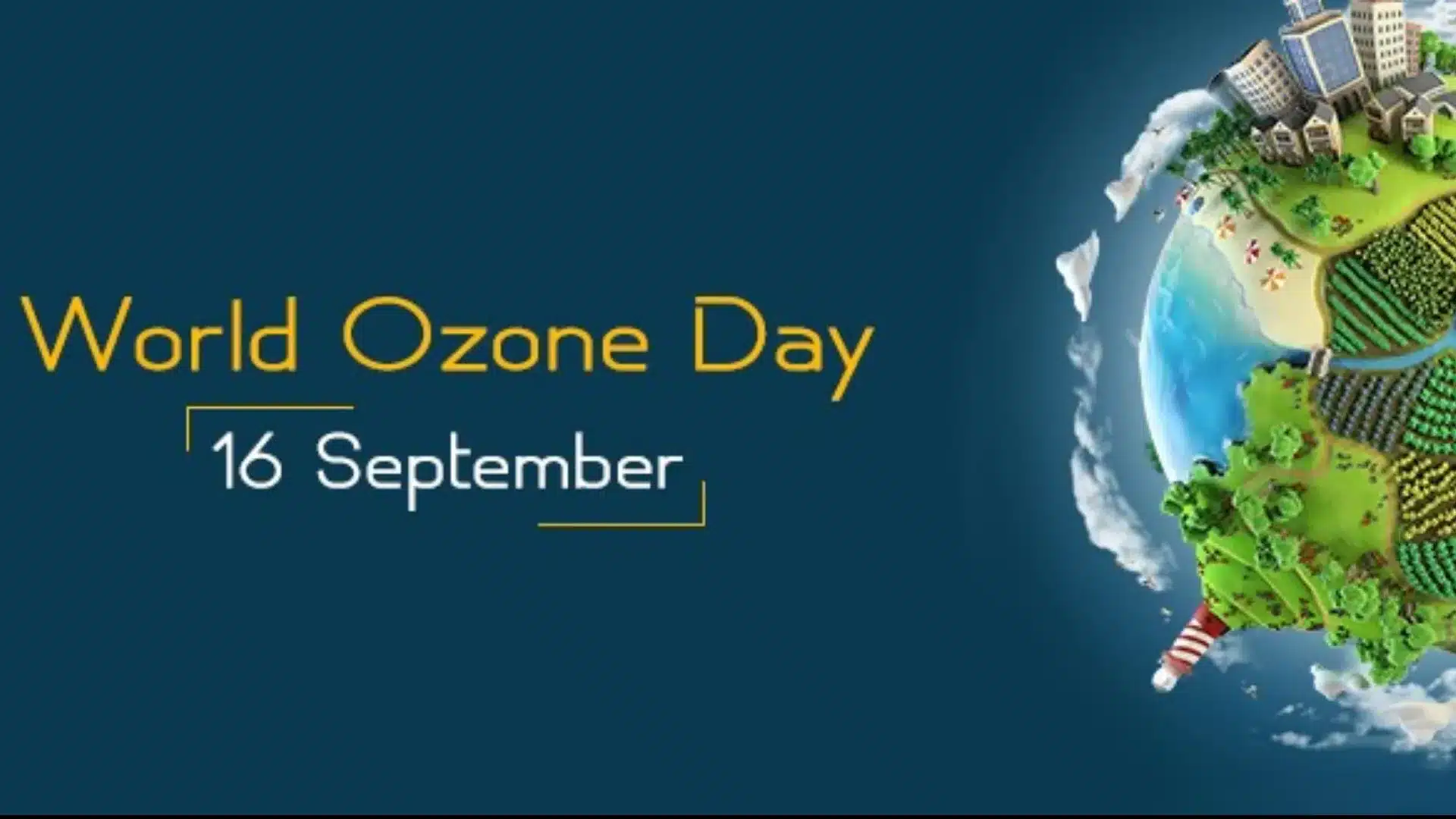The International Day for the Preservation of the Ozone Layer

World Ozone Day is observed on September 16 every year to spread awareness among people about the depletion of Ozone Layer and find possible solutions to preserve it. On this day, people from all over the world hold talks and seminars on the ozone layer. Educators teach students about the benefits of the Ozone layer and special events and activities are organised to spread awareness.
The International Day for the Preservation of the Ozone Layer was designated by the United Nations General Assembly ON 16 September. This designation had been made on 19 December 2000, in commemoration of the date, in 1987, on which nations signed the Montreal Protocol on Substances that Deplete the Ozone Layer.
In 1994, the UN General Assembly proclaimed 16 September the International Day for the Preservation of the Ozone Layer, commemorating the date of the signing, in 1987, of the Montreal Protocol on Substances that Deplete the Ozone Layer.
ABOUT OZONE LAYER
The ozone layer, a fragile shield of gas, protects the planet from Ultraviolet (UV) rays of the sun. Ozone is made up of three atoms of oxygen. It is highly reactive gas and is represented by O3. It occurs naturally as well as a man-made product in the Earth’s upper atmosphere i.e., stratosphere and lower atmosphere i.e., troposphere. The Ozone layer is present in Earth’s atmosphere (15-35km above Earth) in the lower portion of the stratosphere and has relatively high concentrations of ozone (O3). Naturally, it is formed through the interactions of solar UV radiation with molecular oxygen O2. It reduces the harmful UV radiation reaching the Earth’s surface.
The main cause of ozone depletion and the ozone hole is manufactured chemicals, especially manufactured halocarbon refrigerants, solvents, propellants, and foam- blowing agents (chlorofluorocarbons (CFCs), HCFCs, halons). Since the early 1970’s, scientists observed reduction in stratospheric ozone, and it was found more prominent in Polar Regions. ODS substances have a lifetime of about 100 years.
The phaseout of controlled uses of ozone depleting substances and the related reductions have not only helped protect the ozone layer for this and future generations but have also contributed significantly to global efforts to address climate change; furthermore, it has protected human health and ecosystems by limiting the harmful ultraviolet radiation from reaching the Earth.
THEME
The theme for this year is Montreal Protocol – keeping us, our food and vaccines cool.
Observer Voice is the one stop site for National, International news, Sports, Editor’s Choice, Art/culture contents, Quotes and much more. We also cover historical contents. Historical contents includes World History, Indian History, and what happened today. The website also covers Entertainment across the India and World.

